Home>Garden Essentials>When To Start Brussel Sprout Seeds
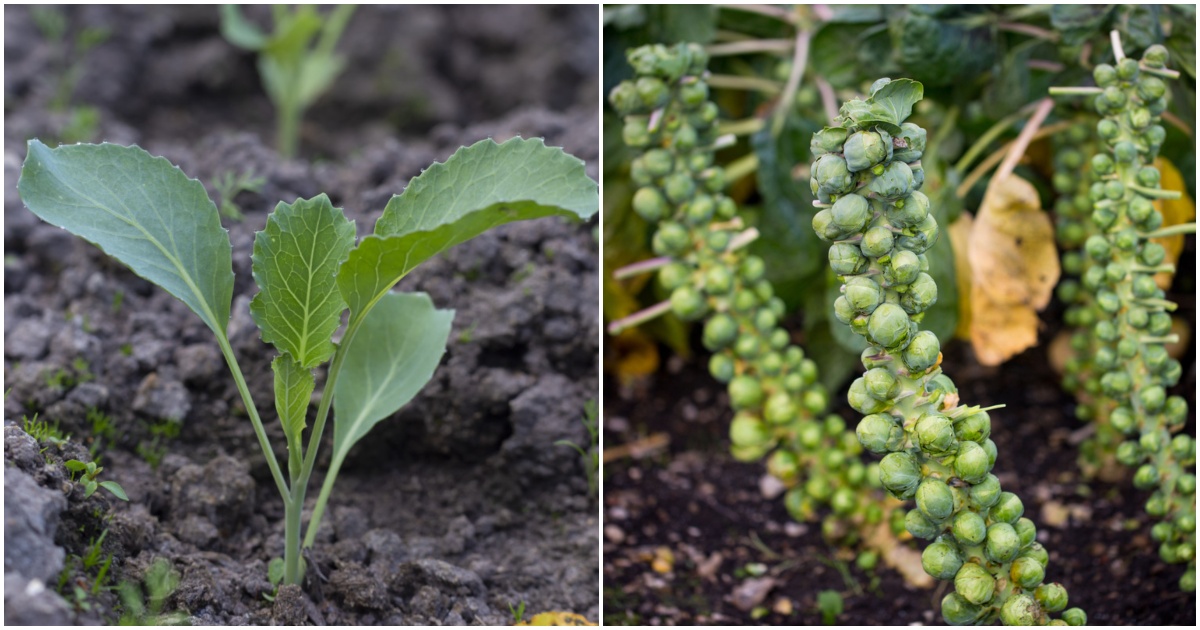

Garden Essentials
When To Start Brussel Sprout Seeds
Modified: March 21, 2024
Looking to start your garden? Find out when is the best time to plant brussel sprout seeds and get your garden growing!
(Many of the links in this article redirect to a specific reviewed product. Your purchase of these products through affiliate links helps to generate commission for Storables.com, at no extra cost. Learn more)
Introduction
Brussel sprouts are a popular and nutritious vegetable that can be grown in home gardens. These small, cabbage-like vegetables are packed with vitamins and minerals, making them a valuable addition to any diet. Growing Brussel sprouts from seeds can be a rewarding and cost-effective way to enjoy this delicious vegetable. However, knowing when to start Brussel sprout seeds is crucial for ensuring a successful growing season.
In this article, we will explore the factors you should consider when deciding the optimal time to start Brussel sprout seeds. We will discuss the importance of climate, garden space, planting goals, and the timeframe for seed starting. By the end of this article, you will have a clear understanding of when is the best time to start your Brussel sprout seeds for a bountiful harvest.
Key Takeaways:
- Start Brussel sprout seeds indoors 4-6 weeks before the last frost date for a successful harvest. Consider climate, garden space, and planting goals for optimal growth.
- Determine the last frost date in your region to plan when to start Brussel sprout seeds. Consider factors like climate and garden space for a bountiful harvest.
Read more: How To Grow Brussel Sprouts From Seeds
Factors to Consider
When deciding when to start Brussel sprout seeds, several factors influence the timing. Taking these factors into account will ensure that you give your seeds the best chance of germinating and thriving.
Climate: Brussel sprouts are a cool-season crop and prefer temperatures between 55°F and 75°F (13°C to 24°C). They can tolerate light frosts but are sensitive to extreme heat. Consider the climate in your region and choose a time to start the seeds when the temperature is within the ideal range.
Garden Space: Evaluate the available space in your garden. Brussel sprouts require adequate room to grow and spread their leaves. Ensure you have enough space to accommodate the mature plants, which can reach up to 2 feet in height and width. Planning ahead will prevent overcrowding and promote healthy plant growth.
Planting Goals: Determine your planting goals. Are you aiming for an early harvest or a prolonged growing season? If you want an early harvest, consider starting the seeds indoors to give them a head start before transplanting them outdoors. On the other hand, if you want a longer growing season, you may choose to direct sow the seeds in the garden.
Seed Starting Timeframe: The ideal time to start Brussel sprout seeds is typically 4 to 6 weeks before the last expected frost date in your area. This timeframe allows the seeds to germinate and grow into young seedlings before they are transplanted outside. It is important to give your seeds sufficient time to establish themselves indoors before the outdoor conditions are suitable.
By considering these factors, you can determine the optimal time to start your Brussel sprout seeds and set them up for success. The next step is to determine the last frost date in your region, which will help you finalize your seed starting schedule.
Climate
Understanding the climate in your region is crucial when deciding when to start Brussel sprout seeds. While Brussel sprouts are a cool-season crop, they have specific temperature preferences that will influence their growth and overall productivity.
Brussel sprouts thrive in temperatures between 55°F and 75°F (13°C to 24°C). These vegetables are relatively cold-tolerant, so they can withstand light frosts. However, they are not well-suited for regions with extremely hot climates, as excessive heat can cause the plants to bolt or produce poor-quality sprouts.
If you live in a region with cool or mild summers, you have a longer growing window for Brussel sprouts. You can start the seeds earlier in the spring or even in the late winter, giving the plants ample time to grow and mature before the arrival of hot temperatures.
In areas with hot summers, it is best to start Brussel sprout seeds in late summer to early fall, taking advantage of the cooler temperatures of the coming season. By doing so, you can avoid exposing the young seedlings to scorching heat, which can hinder their growth and development.
Additionally, consider the average frost dates in your region. Brussel sprouts perform well when they experience a period of cool weather, such as light frost, as it enhances the flavor of the sprouts. However, hard frost can damage the plants, so it is important to plan your seed starting time accordingly.
If you are unsure about the climate conditions in your area, consult your local agricultural extension office or experienced gardeners in your community. They can provide valuable insights and guidance on the best time to start Brussel sprout seeds based on your specific climate.
By aligning your seed starting schedule with your regional climate conditions, you can provide the ideal environment for your Brussel sprouts to grow, ensuring a successful and productive harvest.
Garden Space
When it comes to growing Brussel sprouts, having sufficient garden space is essential for optimal plant growth and development. Brussel sprouts are known for their large size, both in height and width, so it is important to plan ahead and provide them with enough room to thrive.
Brussel sprout plants can reach a height of up to 2 feet (61 cm) and have a similar spread. This means that each plant requires a considerable amount of space to accommodate its size. Crowding can lead to stunted growth and increased susceptibility to diseases and pests, so it is important to give the plants enough space to spread their leaves and receive adequate air circulation.
Before starting your Brussel sprout seeds, assess the available garden space and plan accordingly. Consider the mature size of the plants and the recommended spacing between each plant, which is typically around 2 to 3 feet (61 to 91 cm) apart.
If you have limited garden space, you can still grow Brussel sprouts by opting for compact or dwarf varieties. These varieties are specifically bred to take up less space while still producing flavorful and nutritious sprouts. Along with choosing compact varieties, you can also consider alternative growing methods such as container gardening or vertical gardening to make the most of your available space.
Additionally, take into account the layout of your garden. Avoid planting Brussel sprouts near tall structures or other plants that may shade them and hinder their growth. Brussel sprouts require full sun exposure, which is typically at least 6 to 8 hours of direct sunlight per day, to ensure optimal growth and sprout formation.
By considering your garden space constraints and planning accordingly, you can create a conducive environment for your Brussel sprouts to grow and flourish. Providing ample space will not only enhance their productivity but also make the plants more resistant to diseases and pest infestations.
Planting Goals
When it comes to starting Brussel sprout seeds, it’s important to consider your planting goals. Understanding what you hope to achieve with your Brussel sprouts will help determine the most suitable time to start your seeds.
Early Harvest: If you’re eager to enjoy an early harvest of Brussel sprouts, starting the seeds indoors is a beneficial option. By starting the seeds indoors 4 to 6 weeks before the last frost date, you can give the plants a head start and increase the chances of having mature sprouts earlier in the season. This is especially advantageous for gardeners in regions with shorter growing seasons or unpredictable weather patterns.
Prolonged Growing Season: On the flip side, if you prefer to have a longer harvesting period and extend the enjoyment of fresh Brussel sprouts, you can choose to direct sow the seeds in the garden. Direct sowing is the process of planting the seeds directly into the soil outdoors once all danger of frost has passed. This method allows the seeds to germinate and grow in their intended location without the need for transplanting.
Before deciding on your planting goals, consider the specific conditions in your area. Factors such as the length of your growing season, the average last frost date, and the local climate will influence the success of both indoor seed starting and direct sowing methods.
Another factor to take into account is the availability of space and resources for indoor seed starting. Starting seeds indoors requires adequate lighting, temperature control, and space for seed trays or containers. If you have limited resources or space constraints, direct sowing may be a more practical option for you.
Ultimately, your planting goals will guide you in choosing the most appropriate method and timing for starting your Brussel sprout seeds. Whether you prioritize an early harvest or a prolonged growing season, planning ahead will help you achieve your desired outcomes and enjoy a plentiful supply of delicious Brussel sprouts.
Start Brussel sprout seeds indoors 6-8 weeks before the last frost date in your area. This will give them enough time to grow before transplanting them outside. Keep the soil consistently moist and provide plenty of light for healthy seedling growth.
Seed Starting Timeframe
The timeframe for starting Brussel sprout seeds is a critical consideration to ensure successful germination and healthy seedling growth. Starting the seeds at the right time will give them a head start before they are transplanted into the garden.
Typically, Brussel sprout seeds should be started indoors 4 to 6 weeks before the last expected frost date in your region. This timeframe allows the seeds enough time to germinate and develop into strong and robust seedlings.
To determine the last expected frost date, consult a local gardening resource or use online tools that provide frost date information based on your zip code or region. Consider that these dates are estimates and can vary from year to year, so it’s best to have a general idea of when the frost typically occurs.
Once you have determined the last frost date, count back 4 to 6 weeks to find the optimal time to start your Brussel sprout seeds indoors. This will give the seeds enough time to grow into healthy seedlings before they are transplanted outside.
Keep in mind that Brussel sprouts are relatively slow-growing plants, so starting the seeds too early can result in leggy and overgrown seedlings. Conversely, starting them too late may not give them enough time to establish before the growing season ends.
When starting Brussel sprout seeds, make sure to provide them with the appropriate conditions for germination. Place the seeds in a seed-starting mix or a well-draining potting mix that is kept consistently moist. Optimal temperature for germination is around 70°F (21°C).
Once the seedlings have emerged, provide them with adequate light. A south-facing window that receives at least 6 to 8 hours of direct sunlight each day is ideal. If natural light is limited, consider using fluorescent grow lights or LED grow lights to supplement the light requirements.
By following the recommended seed starting timeframe and providing the seeds with the right conditions, you give your Brussel sprout seeds the best chance of success. Healthy and vigorous seedlings will result in strong, productive plants that will provide you with an abundant harvest.
Determining the Last Frost Date
Determining the last frost date is a crucial step in planning when to start Brussel sprout seeds. The last frost date is the estimated date of the final occurrence of freezing temperatures in the spring before warmer weather prevails.
There are several methods to determine the last frost date in your region:
Local Resources: Check with your local agricultural extension office or gardening clubs in your area. They often have valuable information and resources that can help you determine the average last frost date for your specific region. They may also provide gardening calendars tailored to your area, which can be a helpful tool in planning your seed starting schedule.
Online Tools: Utilize online resources that provide frost date information based on your zip code or general area. These tools use historical weather data to estimate the average last frost date in your region. One popular website that offers this service is the Old Farmer’s Almanac.
Climate Zone Maps: Consult climate zone maps, such as the USDA Plant Hardiness Zone Map, to identify your specific climate zone. These maps divide regions into zones based on the average minimum winter temperatures. Knowing your zone can give you a general idea of when to expect the last frost in your area.
It’s important to remember that the last frost date is an estimate and can vary from year to year. Factors such as microclimates, weather patterns, and variations in climate conditions can impact the actual date of the last spring frost in your region.
Keep in mind that the last frost date is not an absolute deadline for planting Brussel sprouts. Brussel sprouts are cold-tolerant and can withstand light frosts. In fact, some gardeners intentionally expose the plants to cool temperatures to improve the flavor of the sprouts. However, hard freezes can be detrimental to the plants, so it’s best to avoid planting them too early in the season.
By determining the last frost date in your region, you can better plan when to start your Brussel sprout seeds and ensure their successful growth and development. This information will help you avoid frost damage while maximizing the potential of your Brussel sprout harvest.
Recommended Seed Starting Time (Based on Last Frost Date)
Based on the last frost date in your region, you can determine the recommended time to start your Brussel sprout seeds. This timeframe ensures that the seeds have ample time to germinate, develop into healthy seedlings, and be ready for transplanting outdoors.
Typically, Brussel sprout seeds should be started indoors 4 to 6 weeks before the last expected frost date. This allows sufficient time for the seeds to germinate and the seedlings to establish themselves before being transplanted into the garden.
For example, if the last frost date in your area is around April 15th, you should aim to start your Brussel sprout seeds indoors during the first or second week of March. This timeframe gives the seeds enough time to germinate and grow into healthy seedlings by the time the outdoor conditions are favorable for transplanting.
When starting the seeds, use a seed-starting mix or a well-draining potting mix that is kept consistently moist. Place the seeds in trays or containers and keep them in a warm location with a temperature of around 70°F (21°C) for optimal germination.
As the seedlings emerge, provide them with ample light. A south-facing window that receives at least 6 to 8 hours of direct sunlight each day is ideal. If natural light is insufficient, consider using fluorescent or LED grow lights to supplement the light requirements.
Once the seedlings have developed a few true leaves and are sturdy enough, they can be transplanted into larger pots or containers. This step allows the seedlings to continue growing and strengthening before the final transplant into the garden.
Transplant the seedlings outdoors when all danger of frost has passed and the soil temperature has warmed up. Harden off the seedlings by gradually exposing them to the outdoor conditions over a week or two to acclimate them to the outdoor environment.
By following the recommended seed starting time based on the last frost date, you ensure that your Brussel sprout seeds have the best chance of success. Healthy seedlings will lead to strong, productive plants that will yield an abundant harvest of delicious Brussel sprouts for you to enjoy.
Conclusion
Starting Brussel sprout seeds at the right time is essential for a successful gardening season and a bountiful harvest. By considering factors such as climate, garden space, planting goals, and the recommended seed starting timeframe based on the last frost date, you can make informed decisions and set your Brussel sprouts up for success.
Understanding your climate and the temperature preferences of Brussel sprouts will help you determine the best time to start your seeds. Whether you live in a region with cool summers or hot summers, adjusting your seed starting schedule accordingly will ensure optimal growth and productivity.
Assessing your garden space and providing ample room for the mature size of the Brussel sprout plants is crucial. Avoid overcrowding and promote good air circulation to prevent diseases and encourage healthy growth.
Your planting goals, whether it’s an early harvest or a prolonged growing season, will influence the method and timing of starting your Brussel sprout seeds. Consider starting seeds indoors for an early harvest or direct sow for a longer growing season.
The recommended seed starting timeframe is typically 4 to 6 weeks before the last expected frost date in your region. This allows the seeds to germinate and the seedlings to establish themselves before transplanting outdoors.
Determining the last frost date in your area will help you fine-tune your seed starting schedule. Utilize local resources, online tools, or climate zone maps to estimate the last frost date and ensure that you avoid frost damage to your Brussel sprout plants.
By following these considerations and recommendations, you can start your Brussel sprout seeds at the optimal time, supporting healthy growth and ensuring a successful harvest. Enjoy the process of nurturing your seeds into thriving plants and savor the rewarding experience of harvesting your very own homegrown Brussel sprouts.
Frequently Asked Questions about When To Start Brussel Sprout Seeds
Was this page helpful?
At Storables.com, we guarantee accurate and reliable information. Our content, validated by Expert Board Contributors, is crafted following stringent Editorial Policies. We're committed to providing you with well-researched, expert-backed insights for all your informational needs.
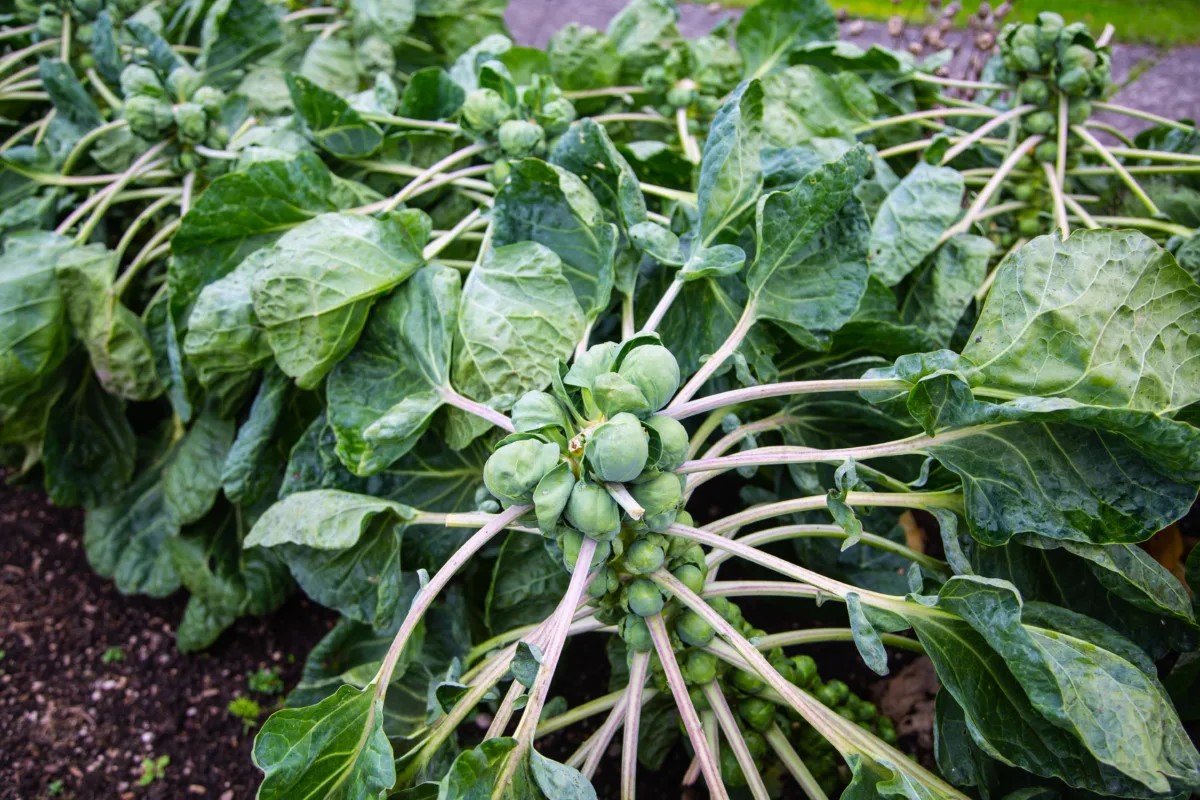
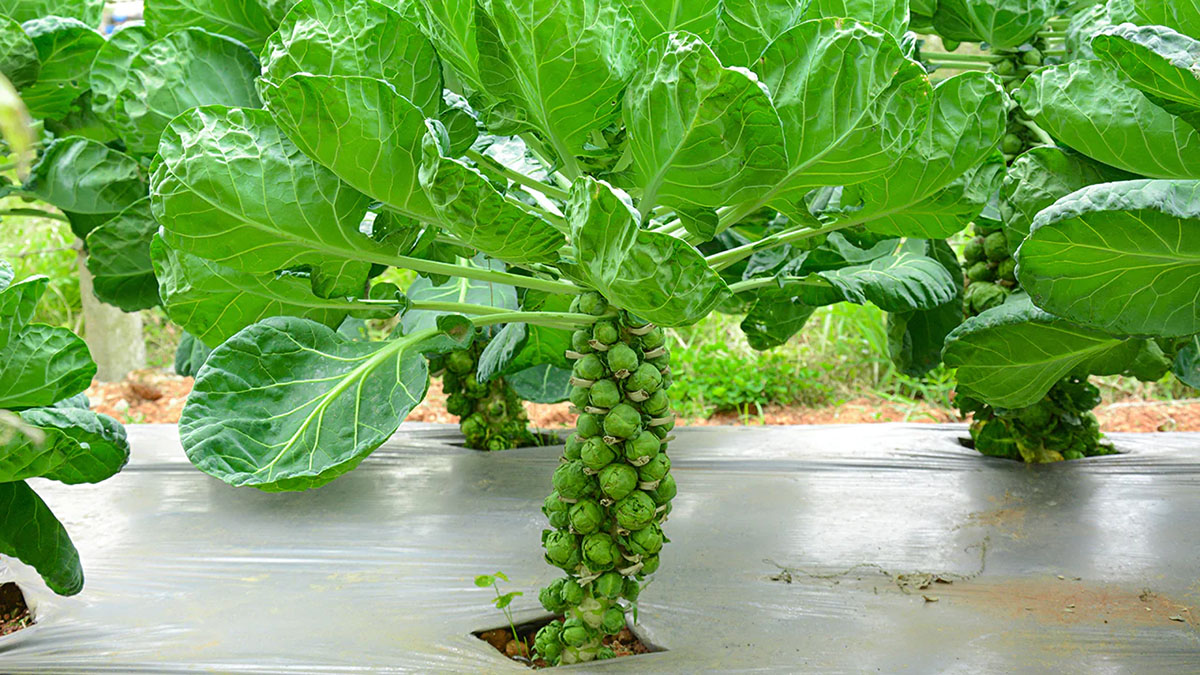

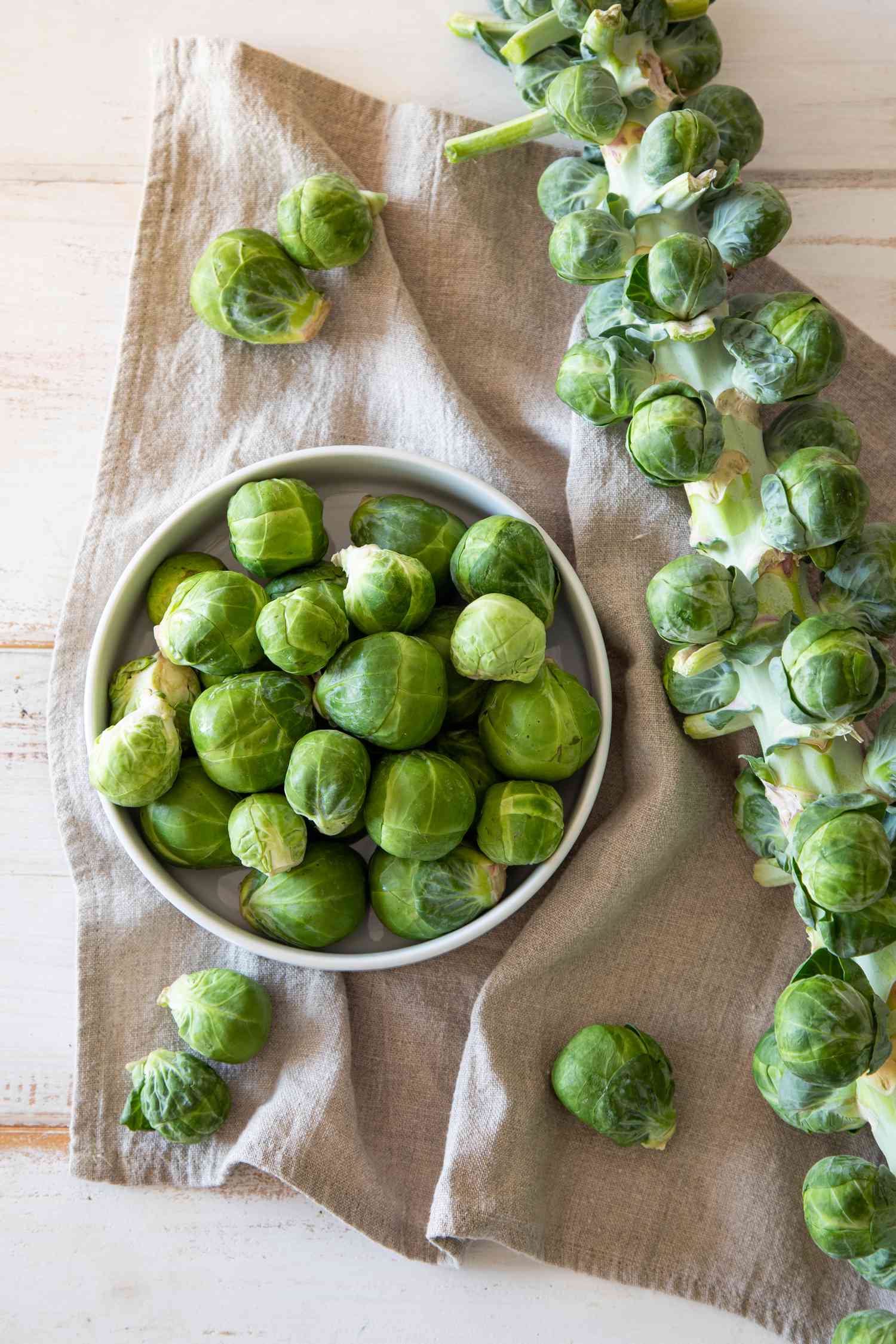
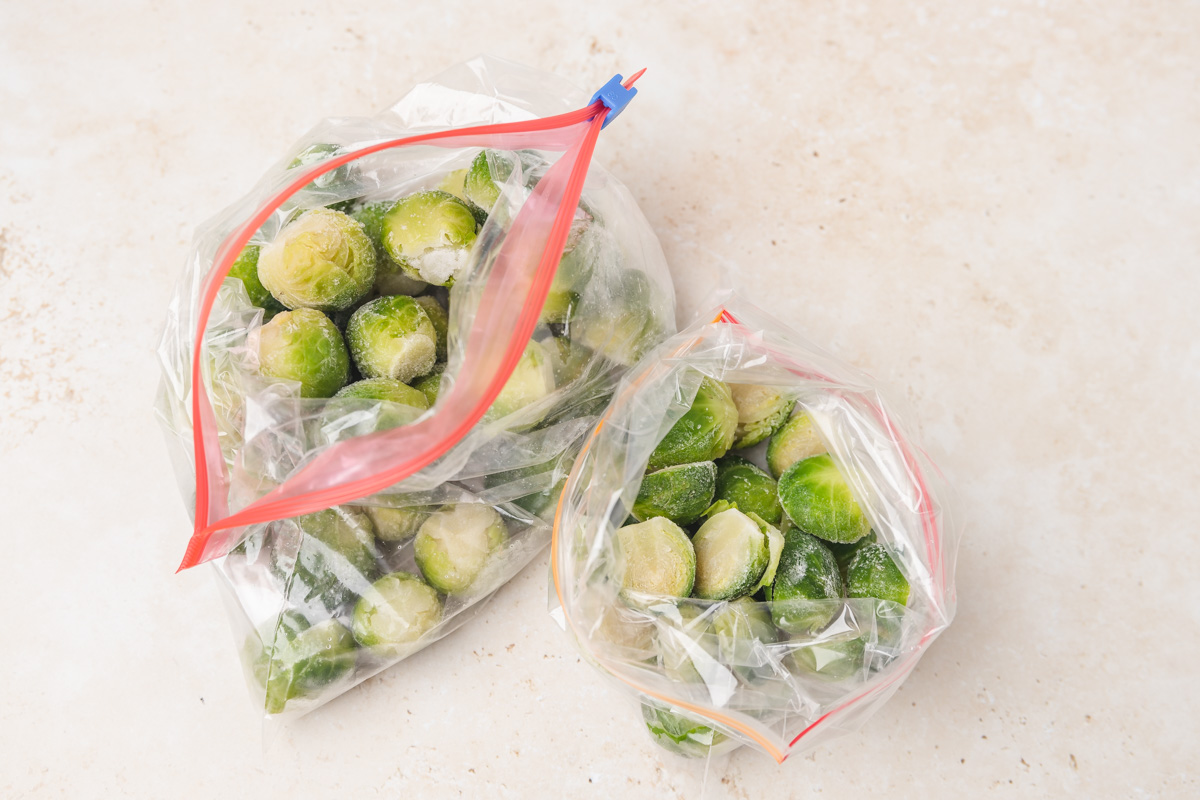
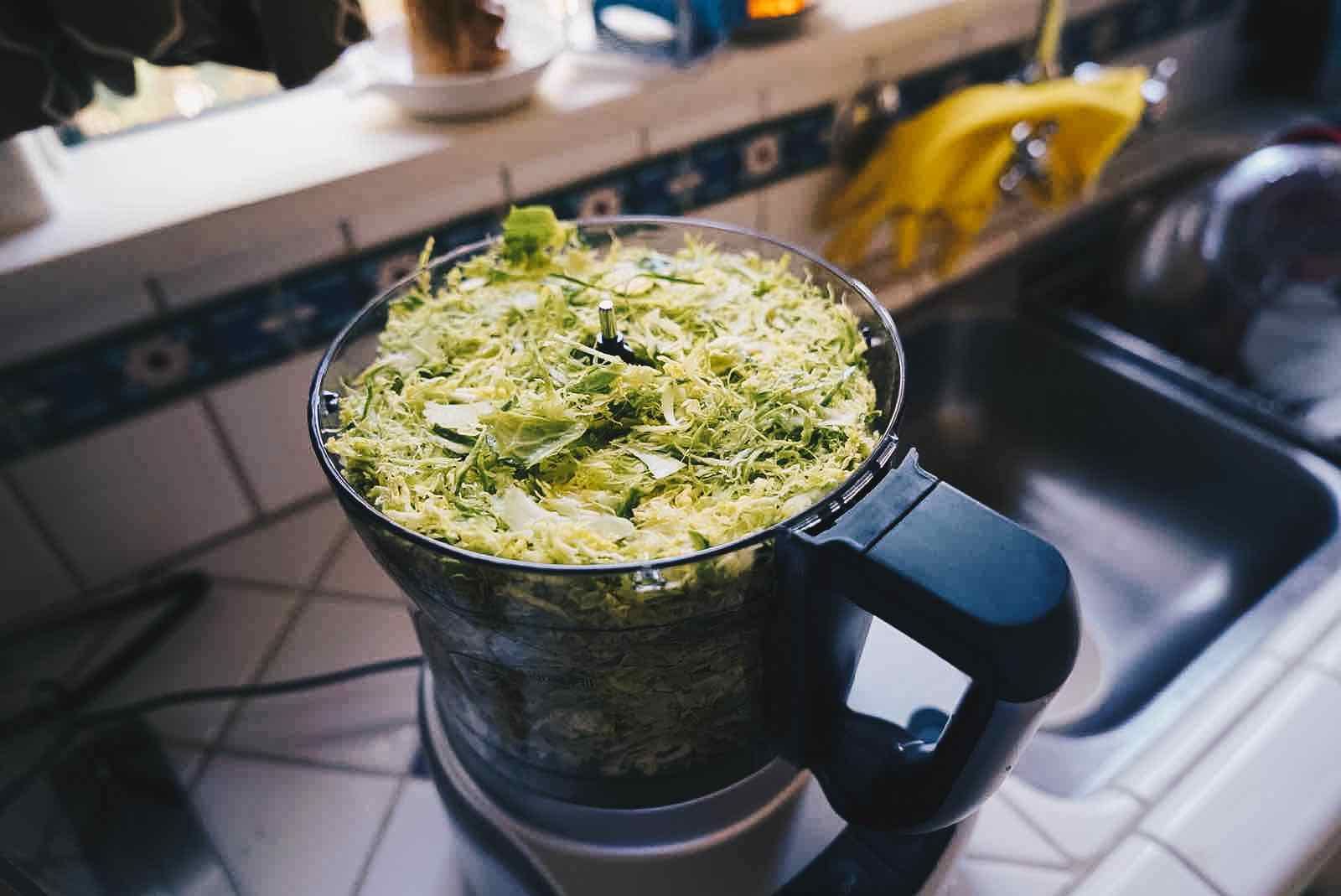
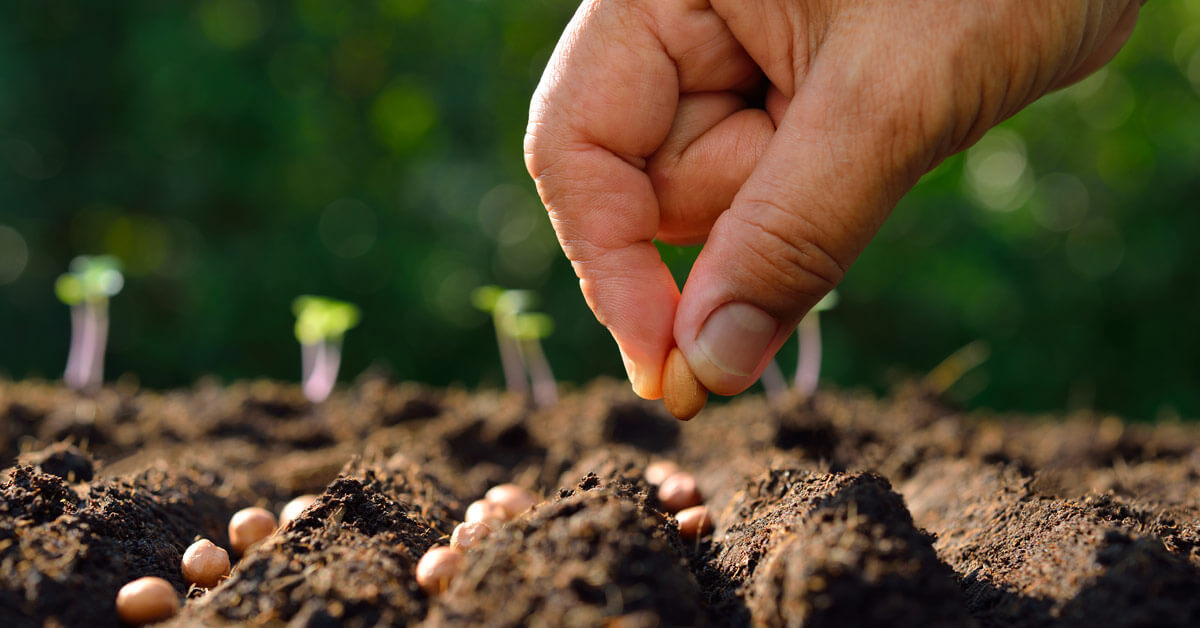
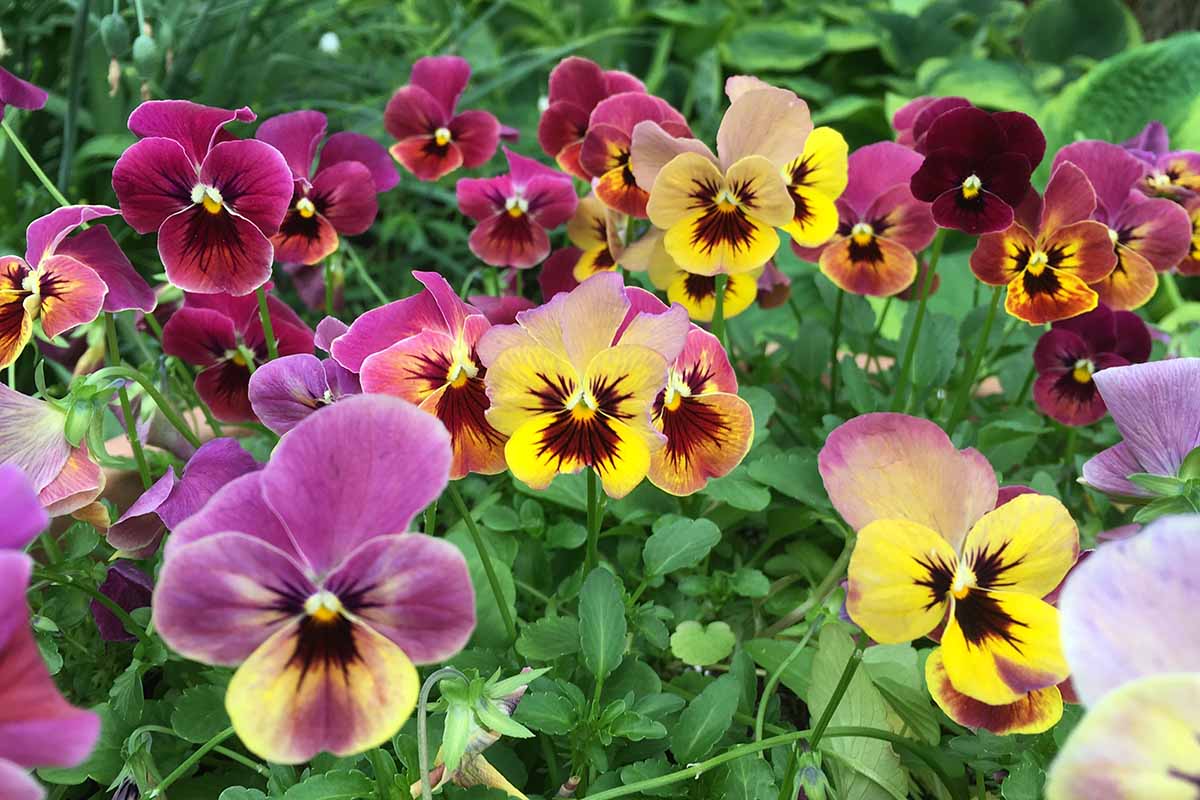
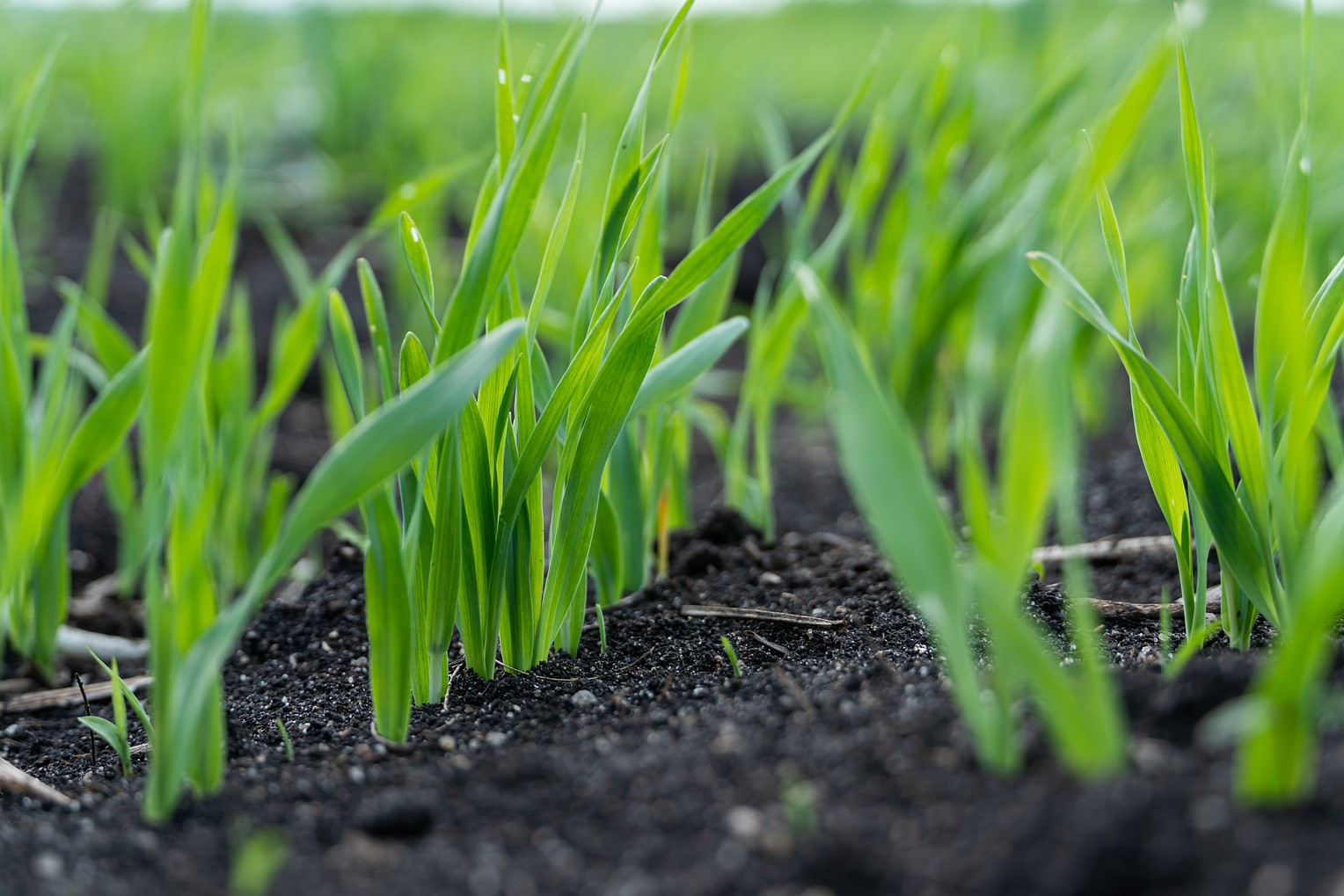
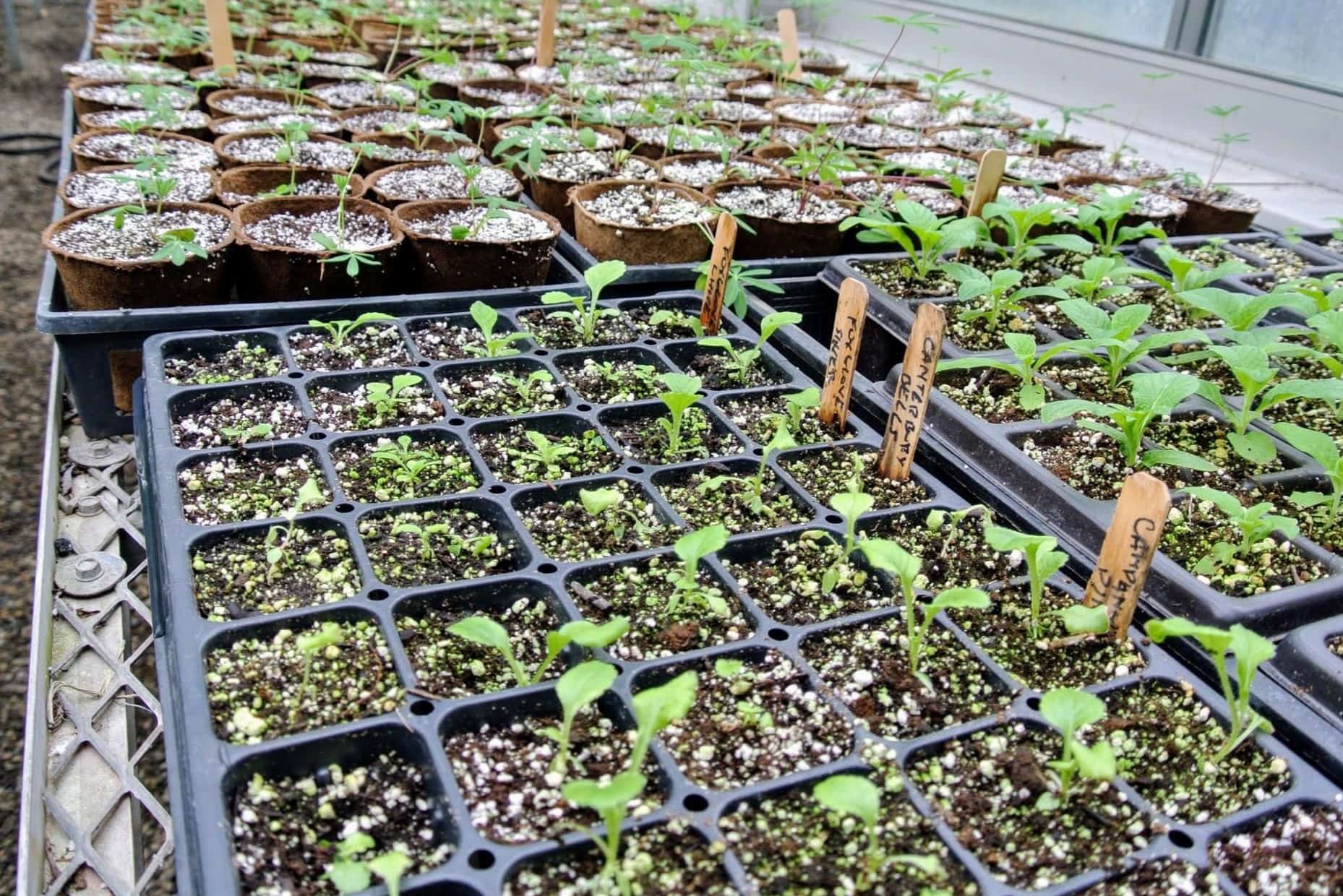
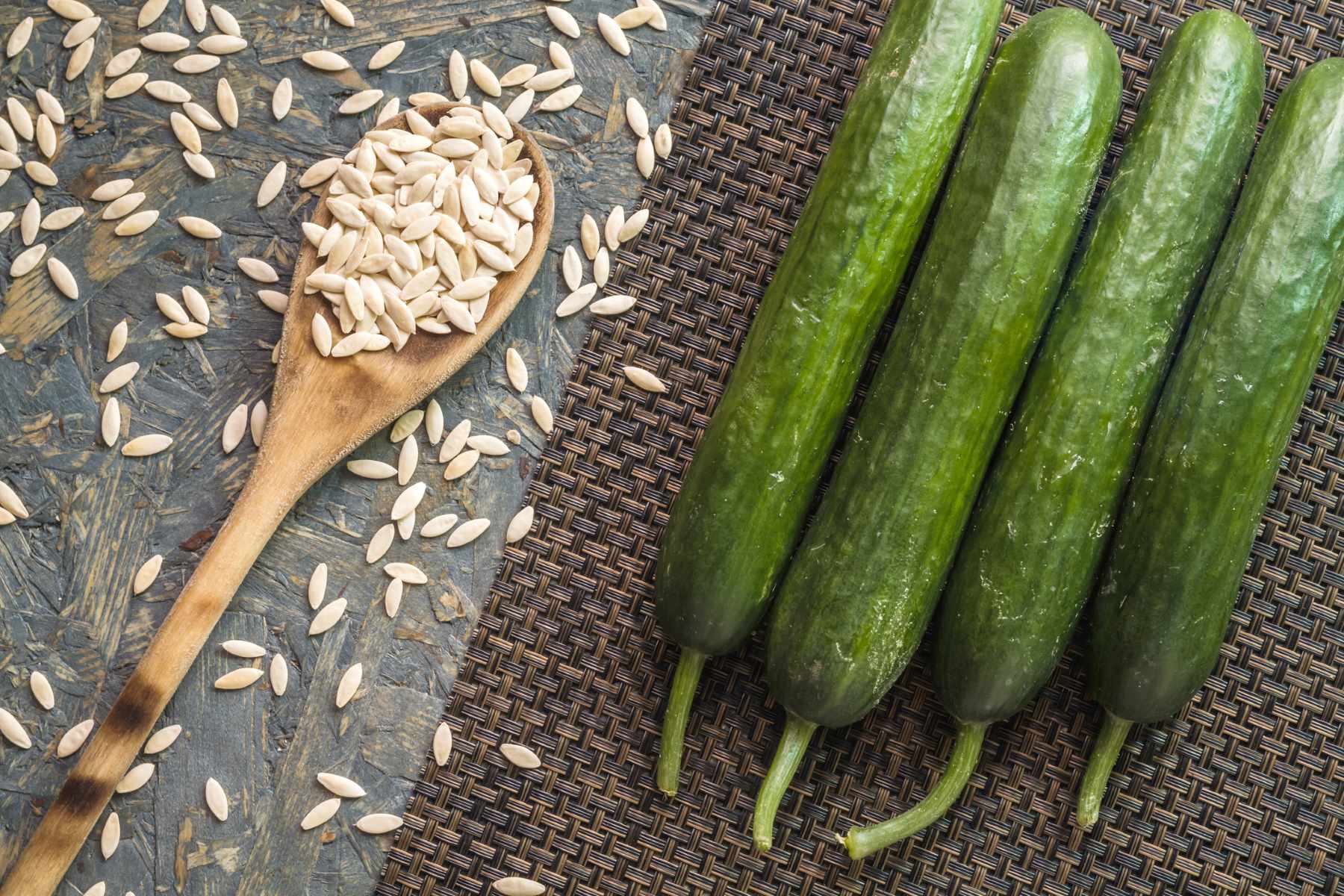
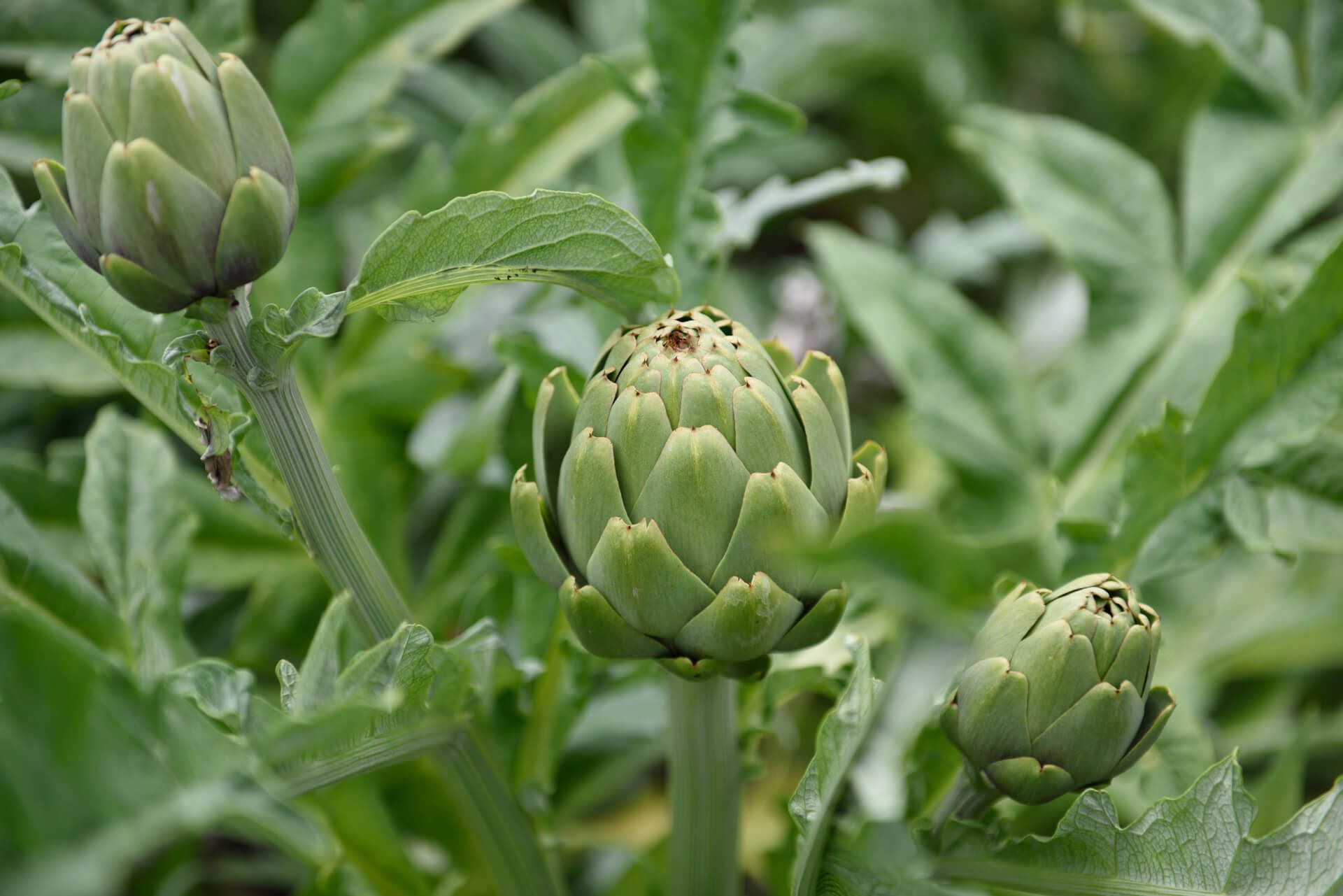
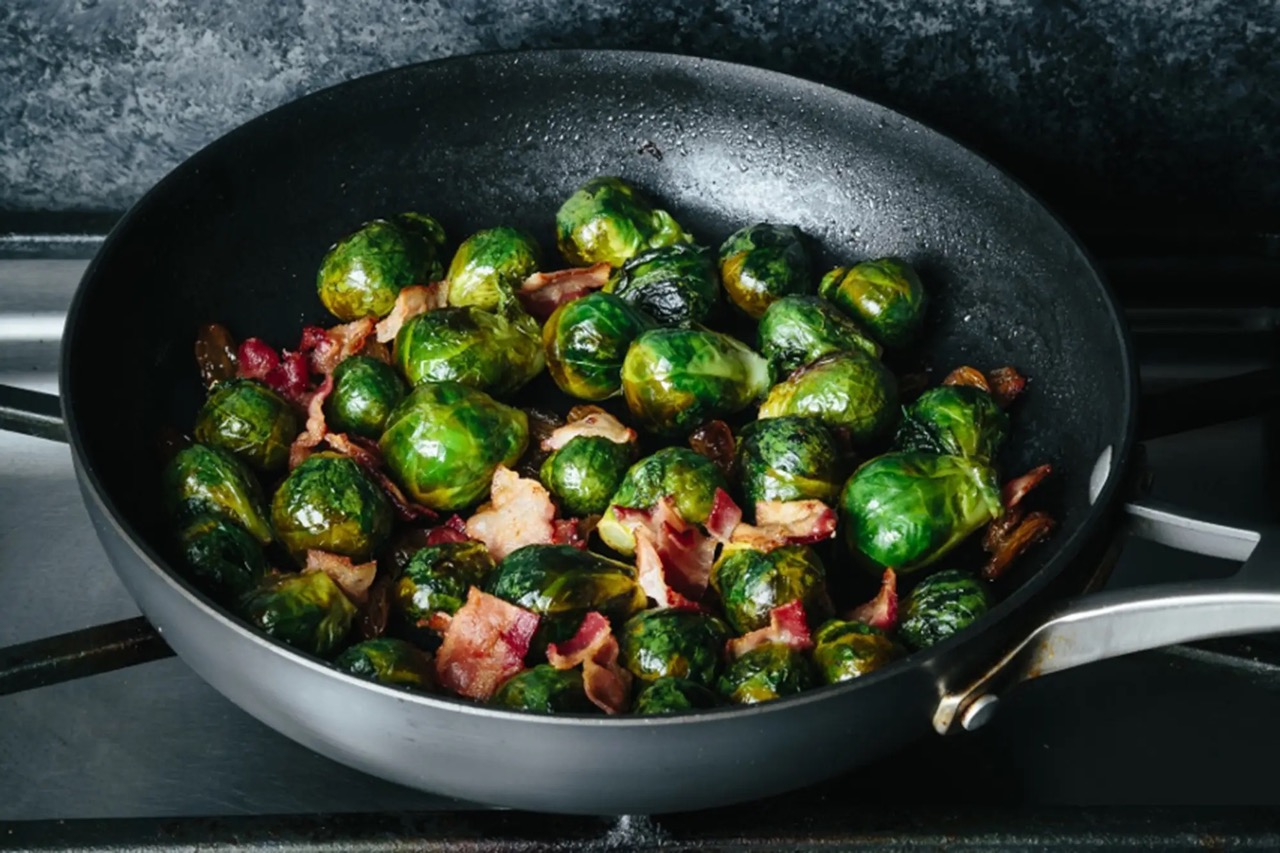
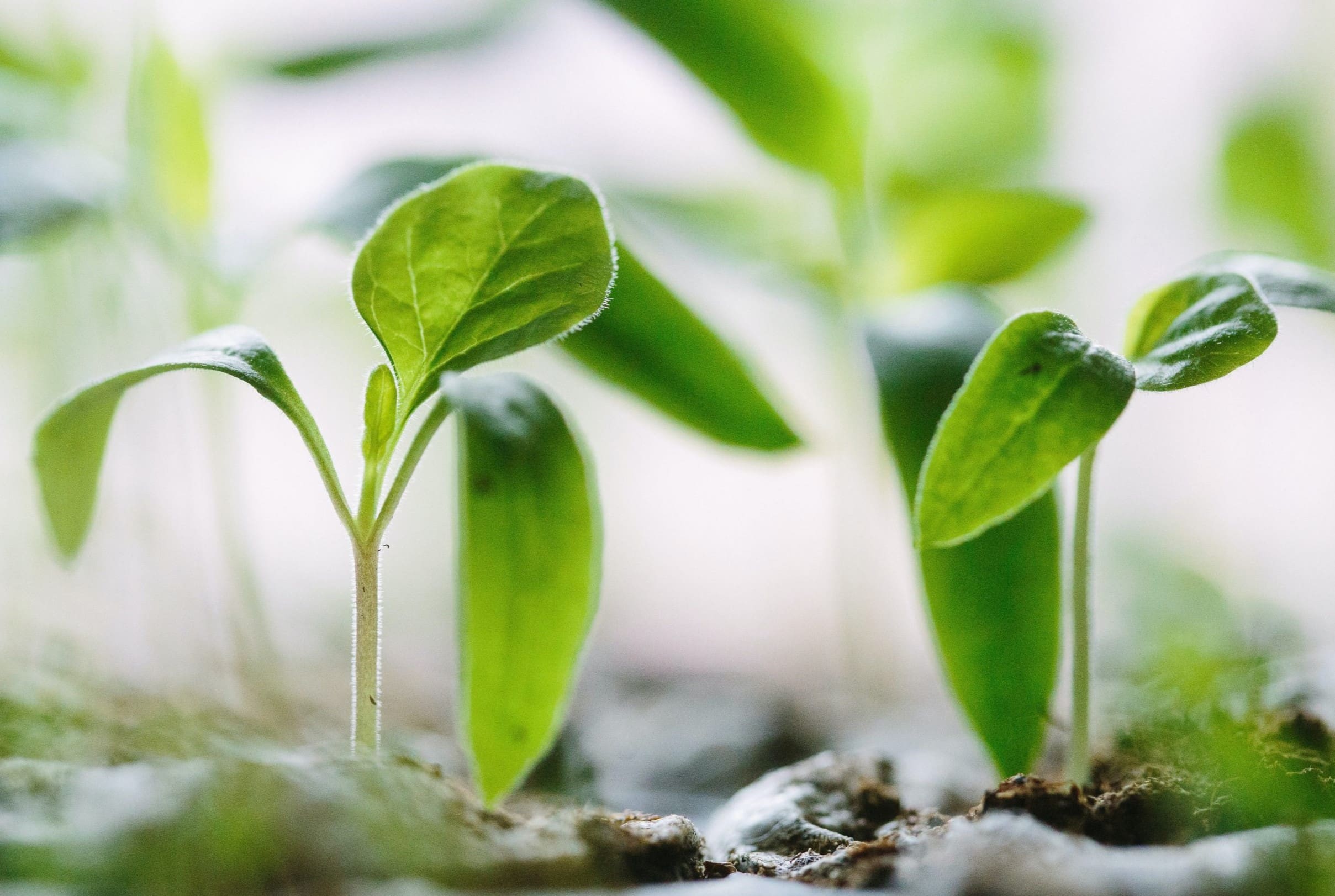

0 thoughts on “When To Start Brussel Sprout Seeds”